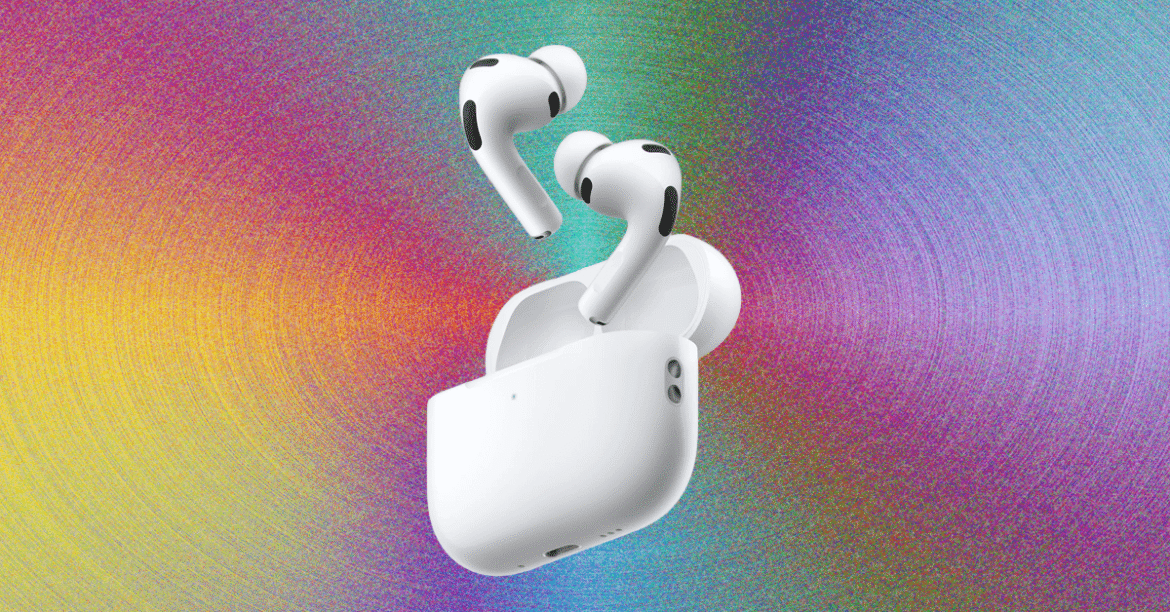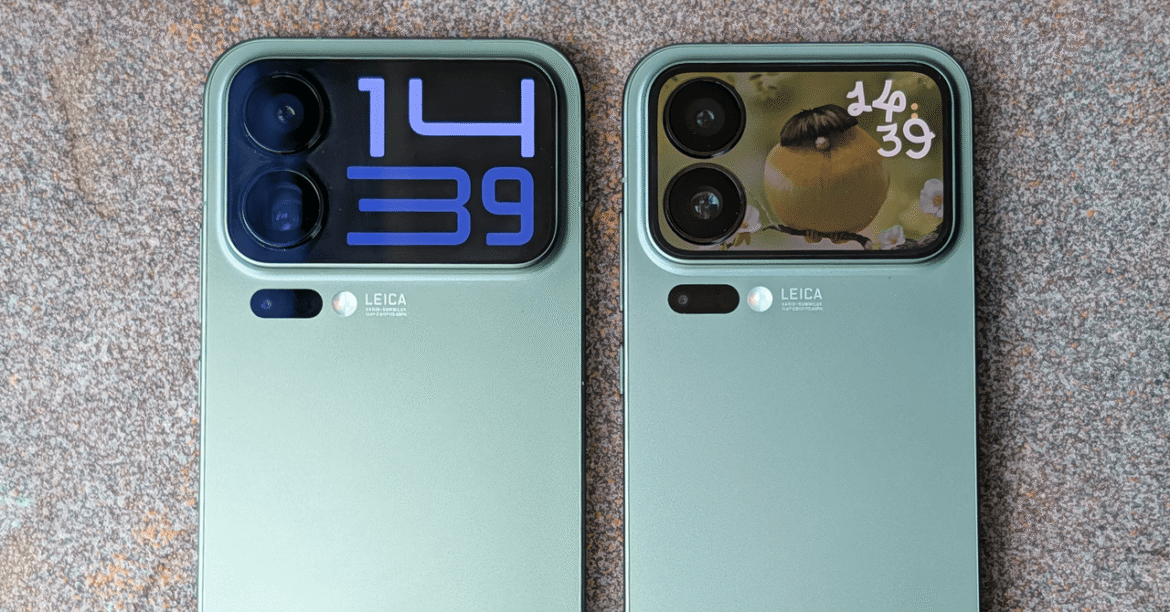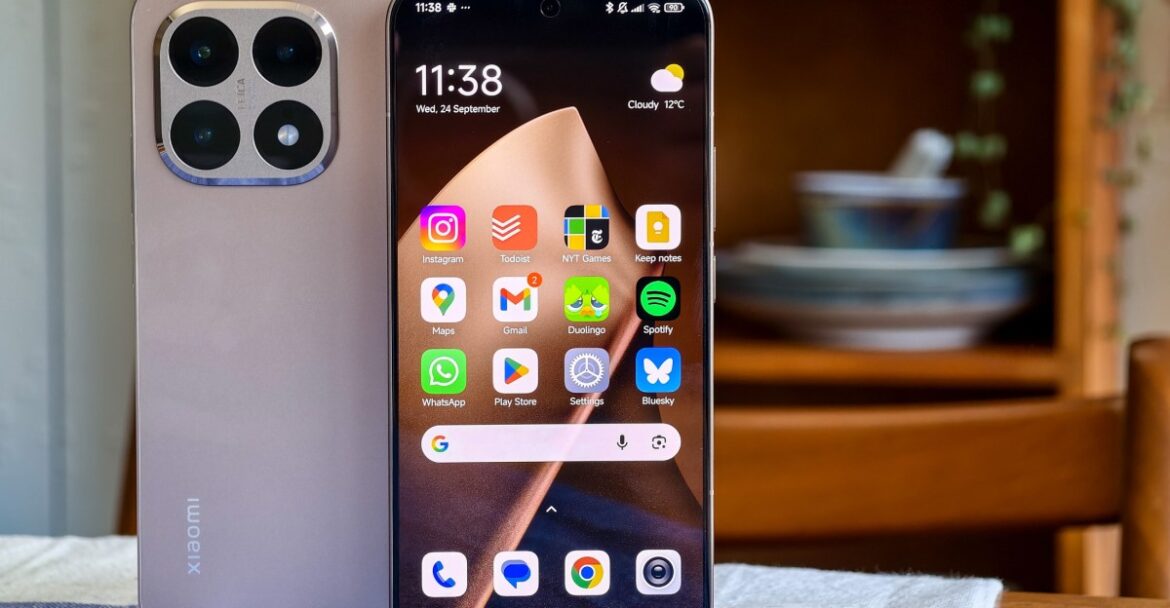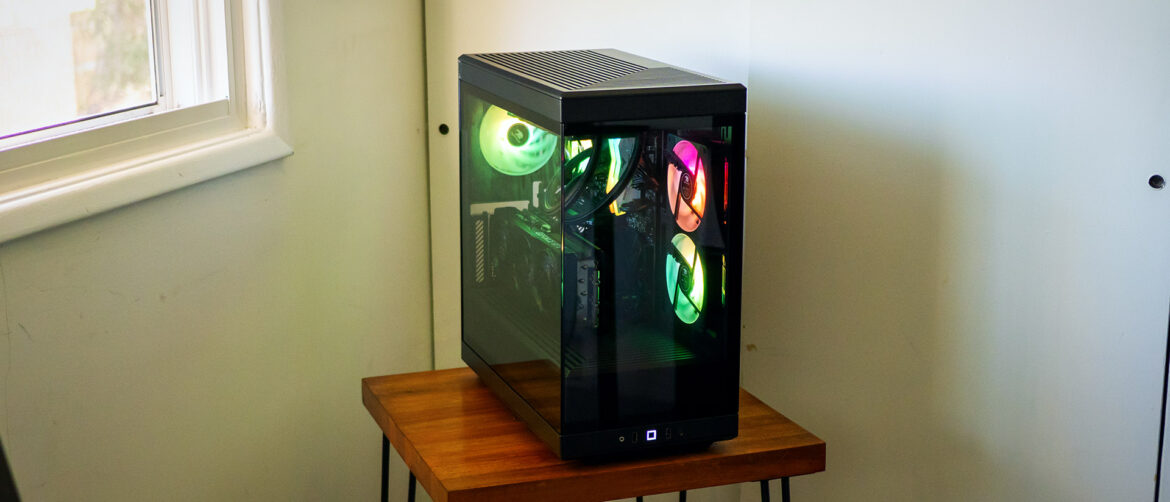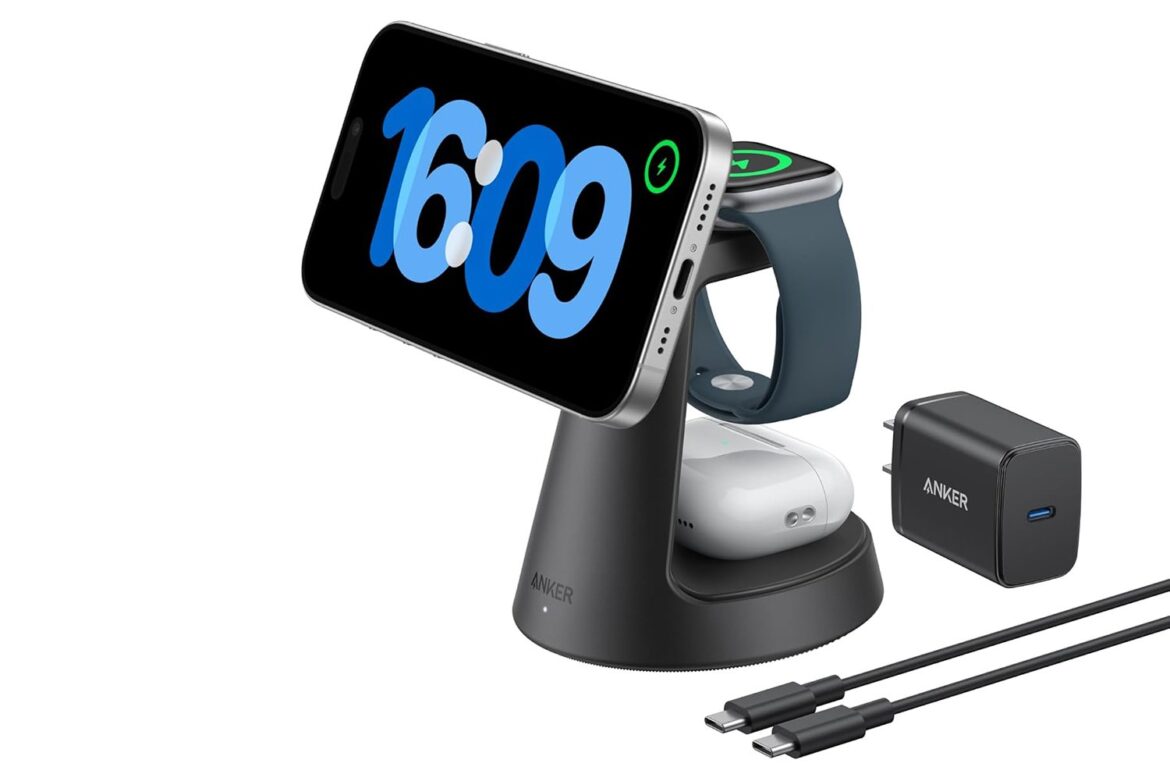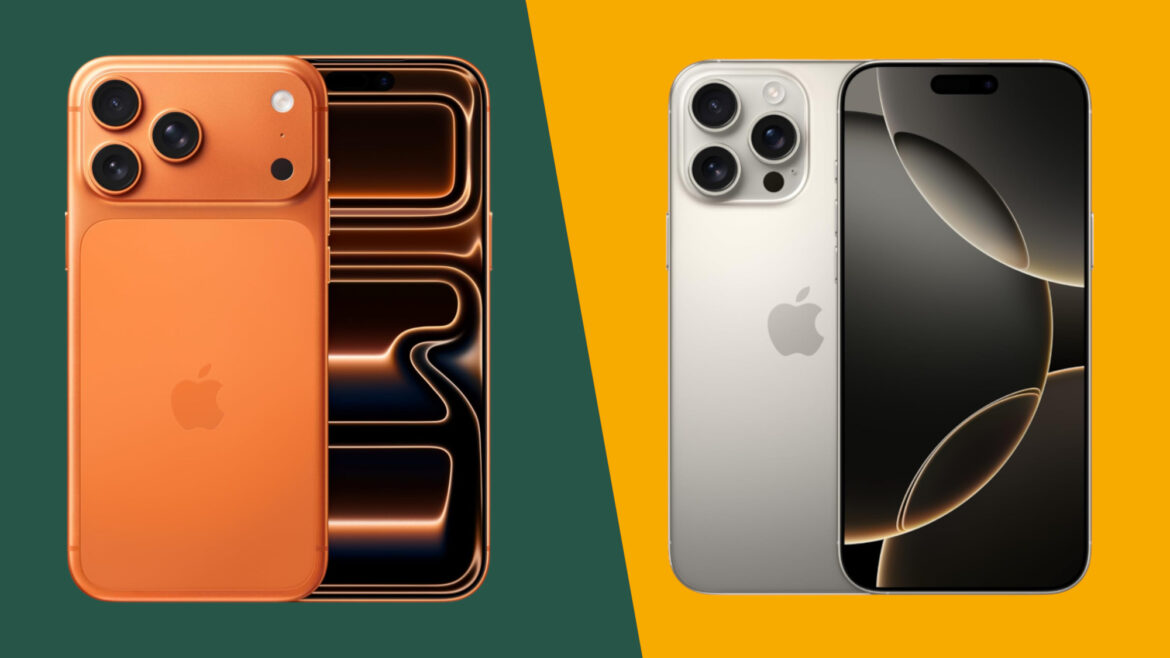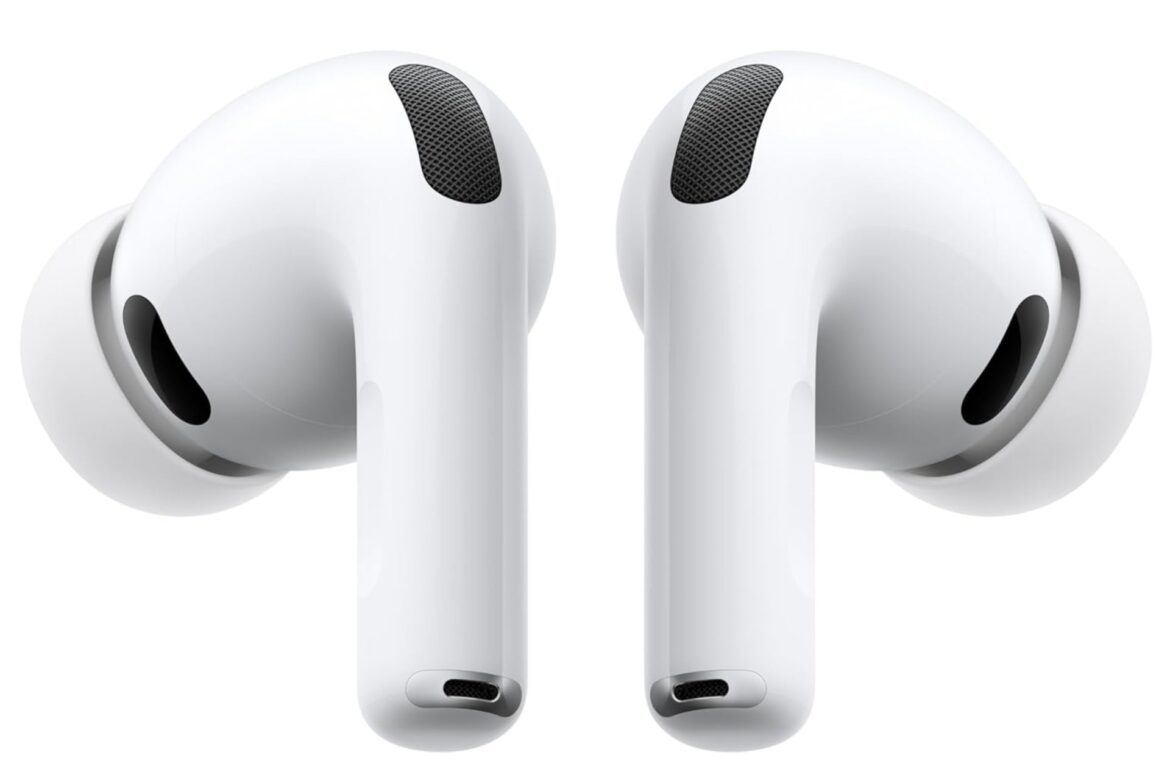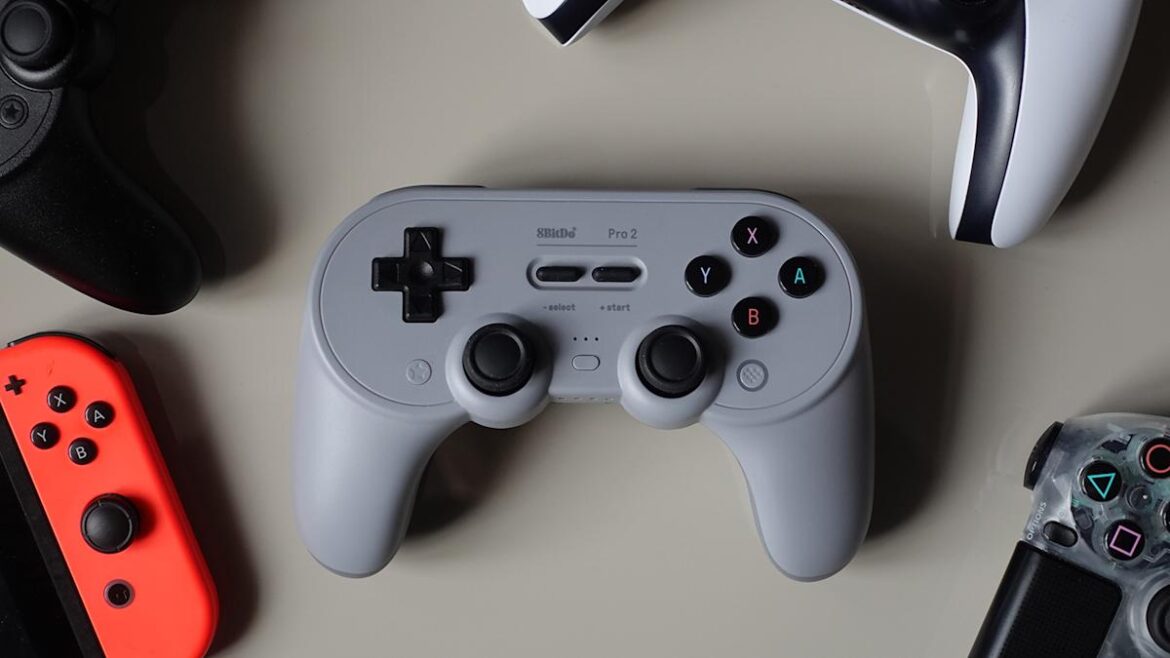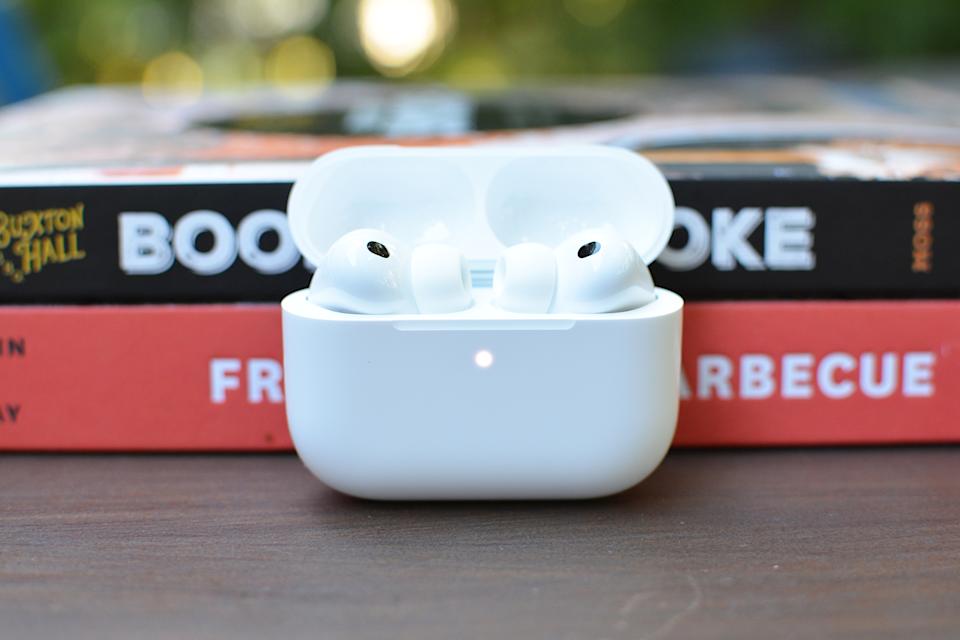The same mildly flat indent on the stem of each bud indicates the location of the touch/squeeze controls, and there are black spots where heart rate sensors, wear detection sensors, and microphone ports hide. As with previous models, silvery tips bless the end of each elephant trunk, where a beamforming mic aims at your lips for maximum fidelity. These are all familiar, refined design cues from previous AirPods, and they are better executed than ever, even with such slight changes.
Well-Supported
Review: Apple AirPods Pro 3
I’ve been very impressed with Apple’s software support when it comes to AirPods Pro; last year it added a bunch of free hearing health features as a software update. That trend continues here with the addition of real-time translation and heart rate monitoring on these buds.
The translation can be activated by squeezing both of the buds at once, at which time any Apple Intelligence-enabled iPhone (any iPhone 16 Pro or later with the feature on) will pull up the Translate app on iOS. Siri will then listen to the speaker in front of you and translate what they are saying in real time, provided they are speaking English, Spanish, German, French, or Portuguese. I tested this with my multilingual wife, who found it to be very accurate with her Spanish phrases.
This is great for multilingual work or education environments in the United States in particular, as well as for travel, and should help folks who struggle with more advanced phrases or need to deliver a more nuanced message in their native language.
I’ve seen this feature enabled on headphones like the Google Pixel Buds Pro 2 (which do this, but using Google Translate). Side by side, Google’s Buds and associated app offer many more languages and bit better translation (my Thai mother-in-law was very excited at how well it worked with Thai, which isn’t available on AirPods Pro 3), but Apple’s version is still more than welcome.

